Sister City
Fast Facts |
| SALISBURY, ENGLAND |
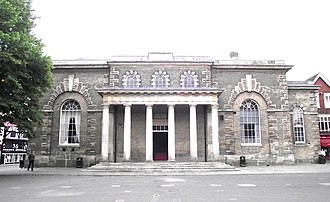 |
The Salisbury Guildhall is the primary meeting place for the Salisbury City Council.
The building was completed in 1795 and has been the home of the City Council ever since.
It has since been renovated several times, with a large courtroom being added in 1829.
The Guildhall has been through its fair share of hardship with a bomb explosion in 1884.
The elegant building with its grand interior was refurbished in 2011.
Prepared by Justin Bell
|
|
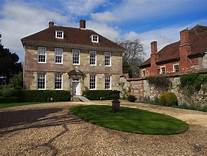 |
The Arundells House is located on the Salisbury Cathedral Close and has its' origins as a 13th century medieval canonry.
Canons were Cathedral "v.i.p.'s".
The first recorded occupant of the house (1291-1316) was Henry of Blunston, who was the Archdeacon of Dorset.
Several Canons would occupy the house up until 1571, one even being imprisoned for practicing sorcery.
During World War II, the house was used as a book and wool store by the Red Cross.
Its most famous recent resident was Sir Edward Heath (1916-2005), former Prime minister of Great Britain.
Today, the house serves as a museum and historical landmark.
It is open to the public five days a week.
Prepared by Justin Bell
|
|
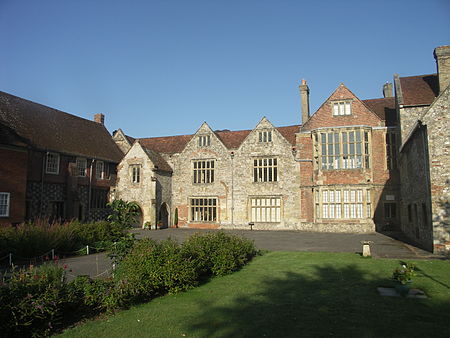 |
The Salisbury Kings House Museum is the local natural history museum of Salisbury, England.
It is known for having one of the best collections of Stonehenge artifacts in the entire world.
The museum is sited near two other famous landmarks in Salisbury, the Salisbury Cathedral close and adjacent to the Salisbury Cathedral.
It is located in another historical building, the King's House which was the temporary home of King James I of England between 1610 and 1613.
The museum itself was opened in 1981 and continues to serve as a tourist attraction and a home for its' vast antiquities collection to this day.
Prepared by Justin Bell
|
|
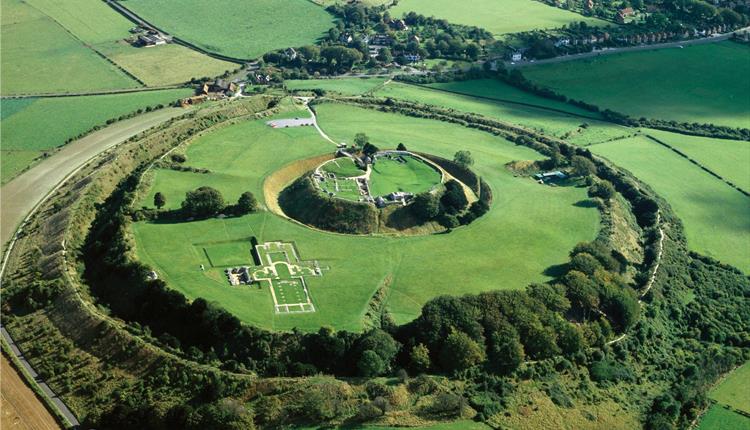 |
Old Sarum is the earliest recorded settlement in Salisbury, England.
Originally built in 400 B.C. to control trade paths, it would continue to remain occupied during the Roman period.
The fort would eventually be taken by the Saxons in the 6th century to defend against Vikings.
After also being occupied by the Normans, a royal palace would eventually be built for King Henry I.
As the new town of Salisbury came into fruition, the grounds of Old Sarum were sold by Henry VIII in 1514.
All that remains of Old Sarum today are a few ruins.
Prepared by Justin Bell
|
|
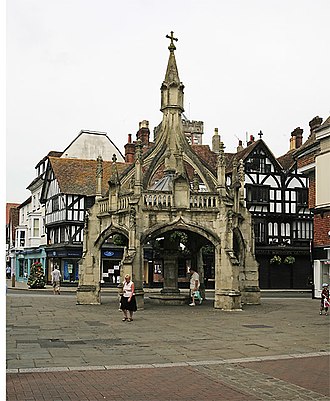 |
The Poultry Cross is a landmark in Salisbury, England that is a relic from the 13th century and marks the site of the former Salisbury Markets.
The cross is the only remaining one out of the four original market crosses that were built.
The other crosses were the livestock cross, the cheese market cross, and a cross designated for the flourishing wool market.
The original flying buttresses that supported the cross were removed in 1711.
The cross still stands today, looming over the present day Salisbury market which is held on Tuesdays and Thursdays.
Prepared by Justin Bell
|
|
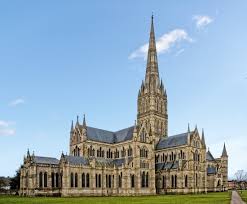 |
Salisbury Cathedral is one of the major attractions of Salisbury, England.
Construction for the cathedral began in 1220 after it was decided to relocate the Old Sarum Cathedral after deteriorating relations between the Clergy and the military.
Completed in 1258 after 38 years of construction it is widely regarded as a leading example of early English Gothic architecture.
The cathedral also holds the honor of having the tallest church spire in the UK, at 404 feet.
The Cathedral still stands today and tours are given of the site where you can even view the interior of the spire.
Prepared by Justin Bell
|
|
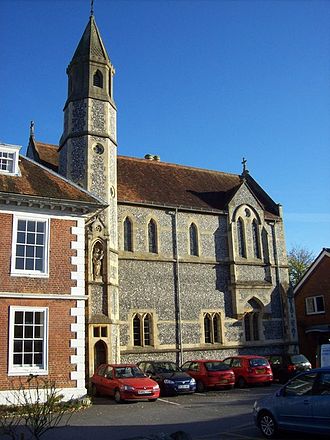 |
Sarum College is the hub of theological studies in Salisbury.
It was established rather recently in 1995, and sits within the Cathedral Close.
The college offers a variety of bachelor's and masters degree courses in a variety of theological fields, including Christian spirituality and Christian leadership.
The library of the college holds a collection of more than 35,000 books on various theological topics.
While the college itself is not that old, it continues to be the epicenter of theological learning in Salisbury, and also in all of England.
Prepared by Justin Bell
|
|
 |
The Boscombe Down Aviation Collection is a collection of airplanes, parts, and weapons located just outside of Salisbury.
The museum features a variety of planes guests can view up close and even sit in, many of them from the Second World War.
Near the entrance, one will be face-to-face with a Hunter F6 and a Sea Harrier just to name a couple.
There are also intriguing weapons to see such as the sidewinder missile, which is now banned from combat.
The Collection is open Tuesday through Sunday and is a must for anyone with an interest in aviation.
Prepared by Justin Bell
|
|
 |
The Longford Castle was constructed for Thomas Gorges in 1591.
During construction, the work would often stop on the castle due to high costs piling up from difficult subsoil challenges.
However, Gorges was granted a shipwreck from the Spanish Armada by the Queen of England, Elizabeth I,
and on this shipwreck he found a large amount of gold that he used to complete the castle.
After Gorges, Longford Castle went through multiple owners and then multiple changes, such as a new courtyard and new towers.
Today, the castle is generally closed to the public and is only open 28 days out of the year mainly to protect the castle's extensive art collection.
Prepared by Justin Bell
|
|
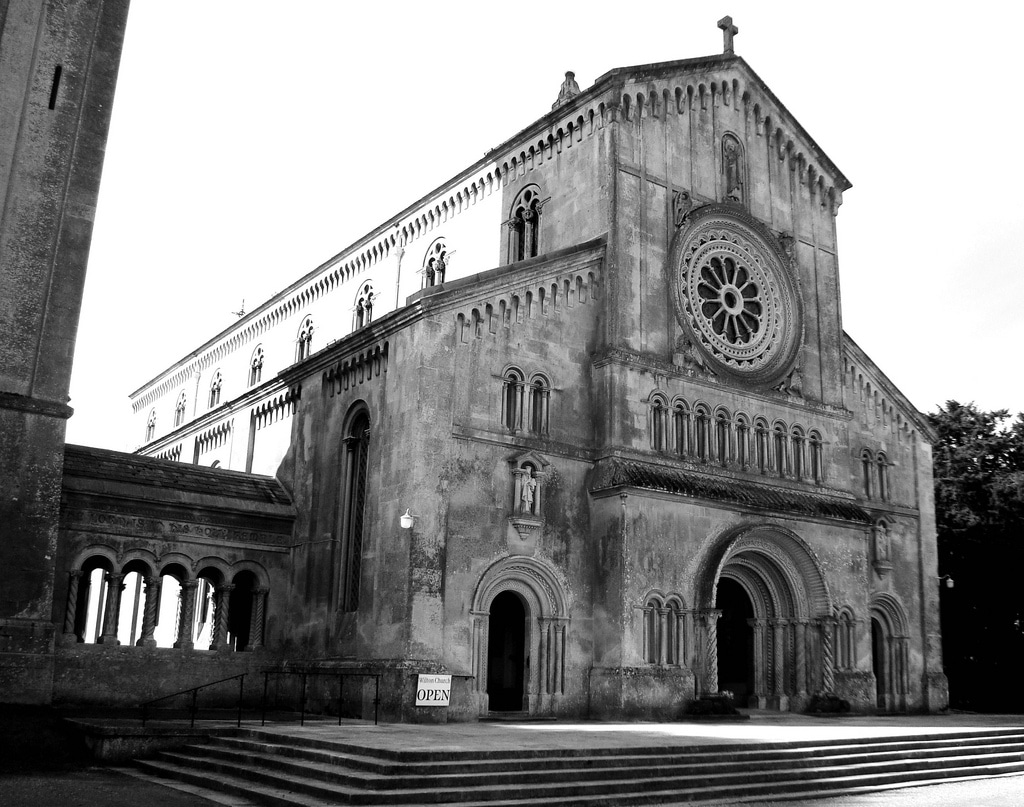 |
The St. Mary St. Nicholas Church is recorded in the National Heritage List.
Despite its old-looking appearance, the present church was actually built in the 1840s.
However, it was built on the site of a much earlier church and this is why things such as the central window and the stained glass are actually from the 13th and 14th centuries.
The former was demolished in the 19th century as the current one was being built.
The church was restored and updated between 1933 and 1939.
Prepared by Justin Bell
|
|
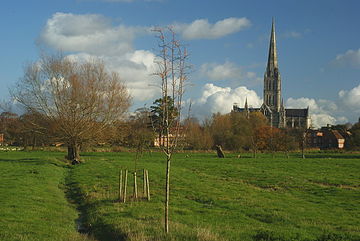 |
Harnham is the main suburb of Salisbury and is most noted for the water meadows located in the western part.
The meadows are important to Salisbury as they are part of an extensive irrigation system that originated in the 17th century.
They were made famous in a painting done by John Constable, depicting the view of Salisbury Cathedral from the water meadows.
Maintained by the Harnham Water Meadows Trust, they are still regarded as one of the most historic and important landscapes in Salisbury.
Prepared by Justin Bell
|
|
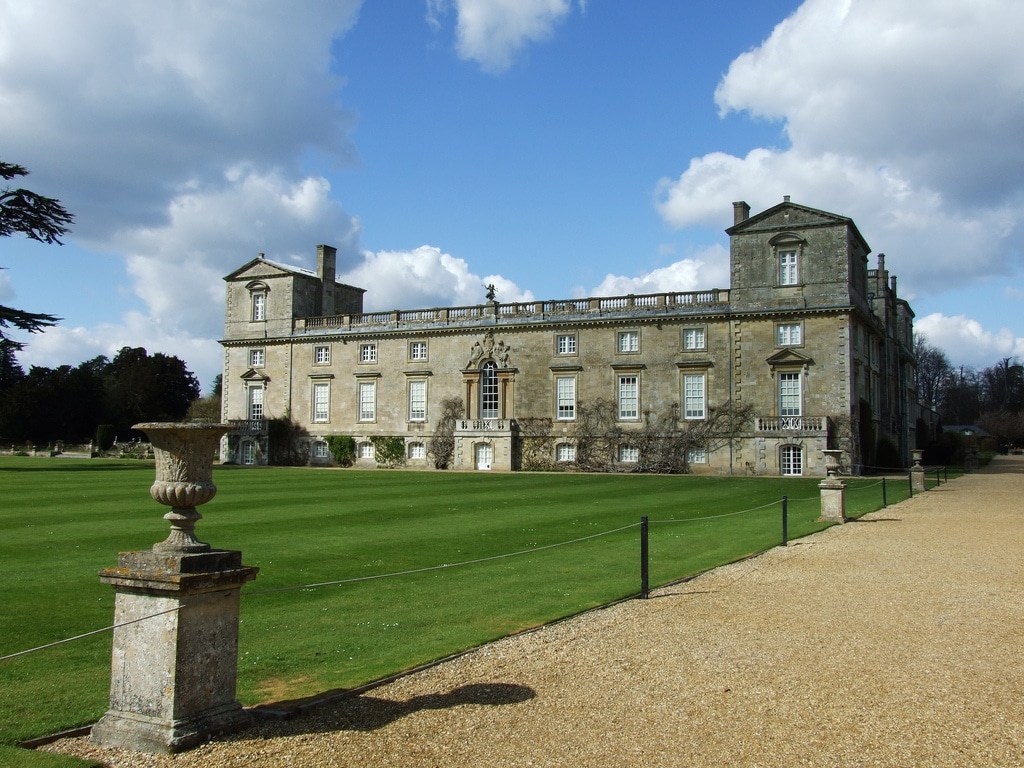 |
Wilton House, near Salisbury, was the seat of the 18th Earl of Pembroke.
The house was originally an abbey but became a stately home after the Dissolution of the Monasteries in the 16th century.
Out of all the rooms in the house, the Cube Room is considered to be the most beautiful in England and in this room one will find the portraits of the Earl of Pembroke and his family painted by Anthony van Dyck.
The house also features other magnificent artwork, some painted by Rembrandt and by the Brueghel brothers.
Prepared by Justin Bell
|
|
| TARTU, ESTONIA |
 |
The Estonian National Museum
is located in Tartu and was built to track the history and traditions of the Estonian people.
It was built by Finnish ethnographer Illmari Manninen in 1922, who also would serve as museum director after its completion.
This would not be the permanent National Museum, however, since the modern-day National Museum was completed in 2016.
It serves as a main tourist attraction in Tartu.
Prepared by Justin Bell
|
|
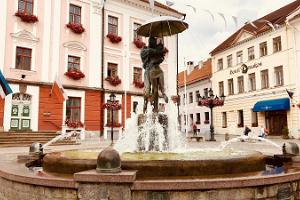 |
The Kissing Students Fountain is a main attraction in Tartu, Estonia.
It was constructed in 1948, three years after World War 2.
Since its construction, the fountain has become a very popular spot for newlyweds.
Couples often visit the fountain for luck, and even go swimming in it.
To commemorate its popularity among newly married couples, European artist Mati Karmin completed a sculpture of a man and a woman kissing to go on top.
Prepared by Justin Bell
|
|
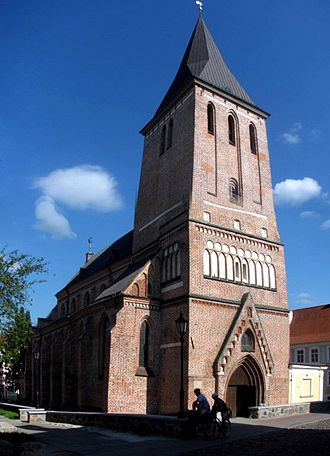
|
St. John's church is Tartu's oldest surviving church and is considered to be one of the city's main landmarks.
Originating in the 14th century, St. John's most notable feature is the 1,000 terracotta figures that are located on both the inside and the outside.
The church was wrecked in WWII and remained in very poor condition before being renovated and reopened in 2005.
Today, the church remains a main tourist attraction in Tartu, and has regularly scheduled hours for public viewing.
Prepared by Justin Bell
|
|
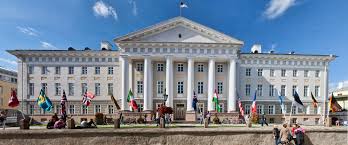 |
Tartu is home to Estonia's national university, The University of Tartu, which is the only classical university in the country and the most prestigious.
Founded in 1632, the University has a long and fruitful history with 14,000 students currently enrolled.
The official language of the University is Estonian, however, there are some classes taught in English as the university houses 1,300 foreign students.
Prepared by Justin Bell
|
|
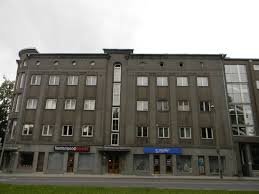 |
The KGB Cells Museum puts on display a dark time in Tartu's history.
This museum was formerly a place that housed the KGB in the 1940s-50s when Estonia was Soviet occupied.
Inside, visitors can walk to the basement floor where political prisoners would be kept.
The cells and corridors have suffered some damage in the past but they have since been restored.
Visitors can also view plans drawn up by the Soviet Union for deportation as well as objects from the Gulag prison camps.
Prepared by Justin Bell
|
|
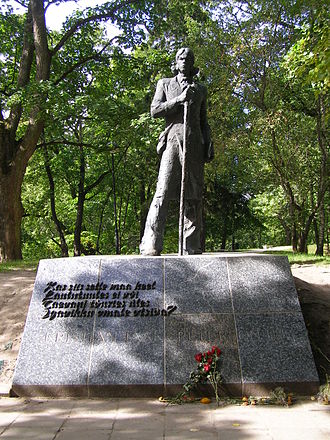 |
Kristjan Jaak Peterson was an Estonian writer who studied theology and philosophy at the University of Tartu.
He is often considered the father of modern Estonian poetry and a herald of Estonian national literature.
He is most known for his translation of Ganander's dictionary which allowed him to become one of the most widely known Estonian writers.
To commemorate him, and the literary work he did for Estonia, a statue of him was erected in 1983.
The monument now serves as an attraction to travelers and serves as a tool to remind and educate people about how far Estonian literature has come,
and who is responsible for progressing it so much.
Prepared by Justin Bell
|
|
 |
Le Coq Brewery Tartu is the birthplace of beer brewing in Estonia, so it is only fitting that Tartu has a beer museum.
The Le Coq Beer Museum was opened on the premises of the Le Coq brewery in 2003 to educate people on the history of industrial brewing in Estonia.
Over 2,000 historical artifacts are featured in the museum, including empty bottles of Stout from the 19th century.
All museums visits eventually will end at the museum pub where guests can sample Le Coq beverages.
Prepared by Justin Bell
|
|
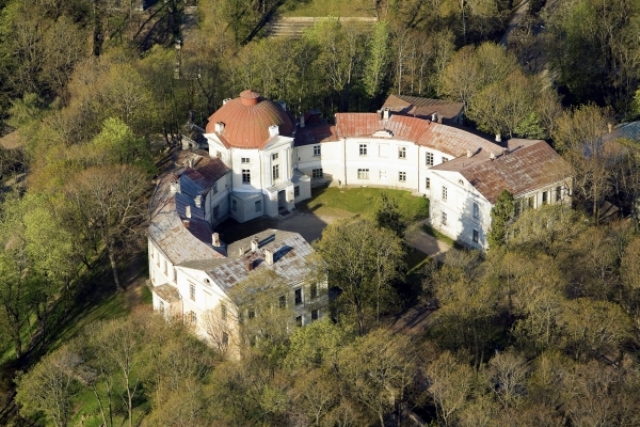 |
The Old Anatomical Theatre in Tartu was the workplace for some of the 19th century's most prominent physicians.
It was erected in 1805 and designed by University of Tartu architect Johann Wilhelm Krause.
Among the scientists that used the Theatre was Karl Burdach, one of the most renowned anatomists of the 19th century.
The building would remain in the hands of the Faculty of Medicine until 1999, when the building was deemed too old and small to serve the needs of the staff.
The building now serves as a museum, and is used to display the collections of the University of Tartu School of Medicine.
Prepared by Justin Bell
|
|
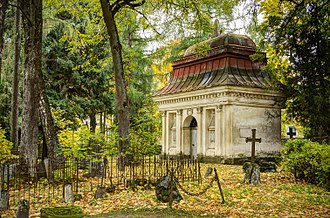 |
The Raadi Cemetery is the largest burial ground in Tartu.
The cemetery is the burial site of several noted Estonian scientists, writers, and poets such as surgeon Ludvig Puusepp, folklore writer Oskar Looritis, and poet Mihkel Veske.
The cemetery was built in 1773 after a Russian decree that all those who died were to be buried in new cemeteries outside of Russian boundaries.
This was done to combat the outbreaks of deadly diseases that were caused by inadequate urban burial practices.
One such disease was the black death.
The cemetery was the only one in Tartu until 1841.
Prepared by Justin Bell
|
|
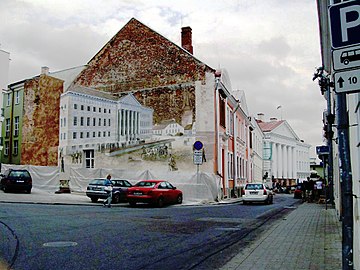 |
The Von Bock House in Tartu was built just after the Great Fire of Tartu, which took down many of the town's wooden buildings in 1775.
The house was named after Colonel Von Bock who originally owned the property, however he agreed that Tartu University would be allowed to use the building.
Afterwards, a library, lecture rooms, and a debate room were added to make it serve more as a school building than a house.
The building is still owned by Tartu University and was renovated in 2007 and now features an exterior mural.
Prepared by Justin Bell
|
|
| SALINAS, ECUADOR |
 |
The La Loberia is a natural rocky beach that marks the furthest nothern point that sea lions venture.
When visiting the beach you can observe sea lions in their natural habitat.
The colony is known as “Loberia” meaning sea wolves in spanish.
Prepared by Alex Gaddis
|
|
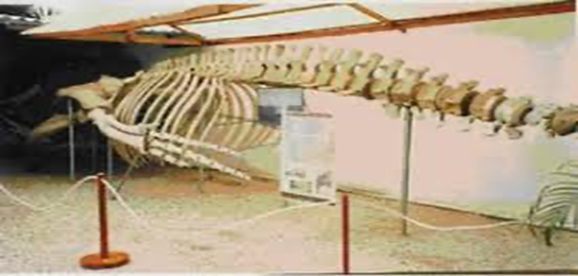 |
Located in Salinas Museo de las Ballenas is a private collection of marine mammal specimens.
The museum has been open to the public since June 2004.
The whale museum Is a valuable educational tool and a platform for conducting marine research.
Prepared by Alex Gaddis
|
|
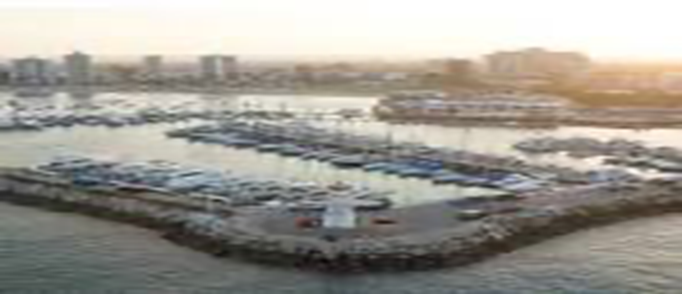 |
Located In the province of Santa Elena is the Salinas Yacht Club.
Surrounded by calm and warm waters of the Pacific, Salinas is a safe port for ships that arrive to Salinas and offers a club for guest to visit.
The Salinas Yacht club also is home to a lighthouse dating back to 1841.
Prepared by Alex Gaddis
|
|
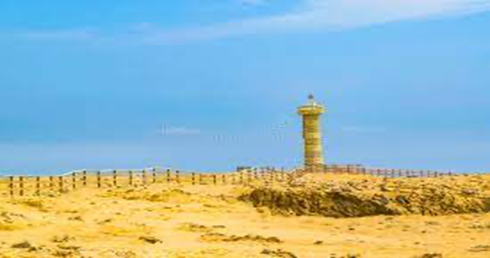 |
The Lighthouse at La Chocolatera Salinas is at the most western point of Ecuador by Cape Santa Elena, overlooking the Pacific Ocean and located near the city of Salinas.
The station was built in 1960 and is still active today.
The lighthouse underwent construction in 2019.
Prepared by Alex Gaddis
|
|
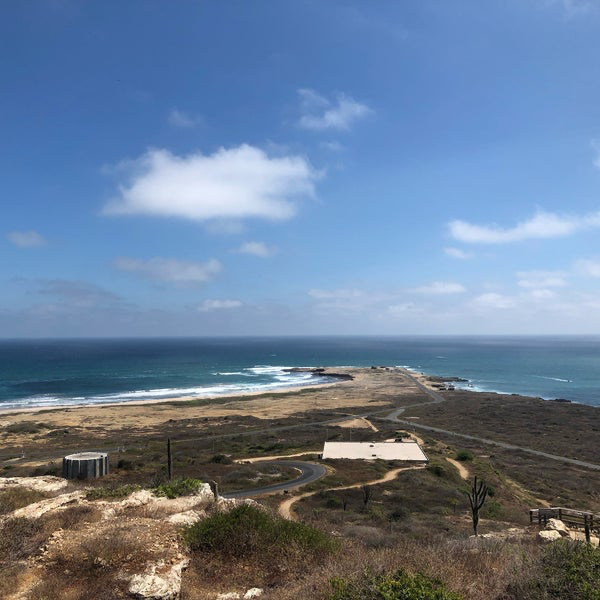 |
Mirador El Morro is a beautiful piece of land, lookout over the city and ocean, and Museum located in Salinas with a beautiful view of the city and the Pacific Ocean.
While overlooking the views, you can see sea lions.
Prepared by Alex Gaddis
|
|
| DALIAN, CHINA |
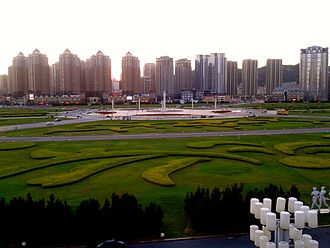 |
While we have Sister Cities, we also have a Friendship City that we have an informal relationship with.
That city is Dalian, China.
One of the main attractions in Dalian is the Xinghai Square, which was built in 1998 as a commemorative spot for the city's history.
The site features a statue of 1000 footsteps and an open book facing the sea, commemorating Dalian's roots as a port city.
Around the square is a very wealthy part of town.
There are several high end apartment complexes as well as luxury car dealerships.
In the square itself, is an amusement park.
With all this in one location around the square, it serves as a main tourist attraction for visitors to Dalian.
Prepared by Justin Bell
|
|



























